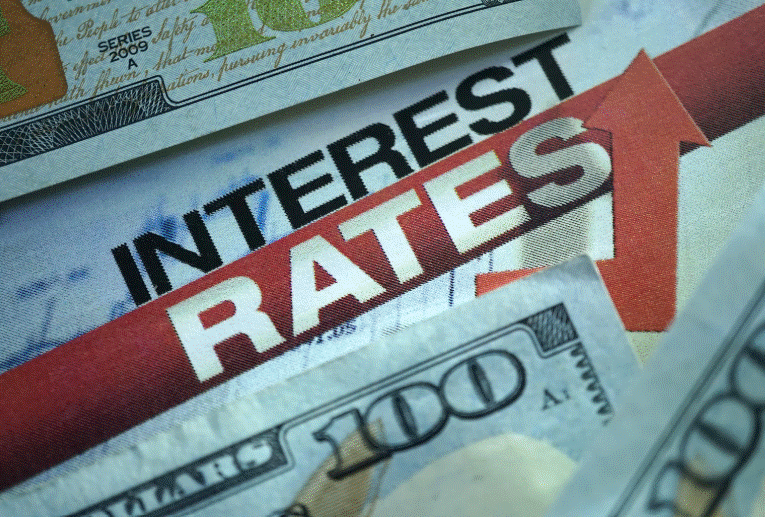In the wake of a raging pandemic and at the dawn of potential herd immunity, many analysts anticipate significant commercial resurgence in the United States and the world. Much will depend on the efficacy of COVID-19 vaccines; the widespread receipt of said inoculations; and the re-employment of those who were furloughed from jobs during the worst period of the contagion. Although the real estate market was not immune from the effects of business shutdowns and curtailments in 2020, neither was it hobbled: unprecedented low mortgage rates; strong millennial demand; and the flight from city to suburbs hastened buying and selling in America. Where do things now stand -- and what can be done to maximize opportunity?
1. Buyers should exploit the low financing rates. This is not a call to act hastily or precipitously. A steady, sufficient income, low debt, reasonably good credit and cash in the bank are all ducks that you should have in a row. Several observers of real estate trends, nevertheless, believe that the incredibly low interest rates attached to loan products as of now will remain, but not forever. As the months roll by and demand increases, banks will be expected to follow the bond market -- albeit slowly -- and raise the interest cost of mortgages.
2. Inventory of for-sale homes will remain modest but foreclosures are expected to pick up in some quarters. Pandemic-related job losses could be a factor; furloughed workers never re-fired for instance. Forbearance might be another. The Coronavirus Aid, Relief and Economic Security Act (CARES), passed by Congress in the spring of 2020, encouraged lenders to suspend payment requirements for mortgagees under hardship. These forbearance measures were renewable after six months. Now, a full year has passed -- lenders cannot afford hundreds of forbearances in perpetuity. Considering distressed properties is an option for purchasers.
3. Consider a Community Bank or Credit Union when seeking home financing. As a whole, smaller and more localized institutions are more inclined to give their customers a break on rates and fees. Contingent on the loan amount, these savings may add up to the borrower's benefit. Again, given the low inventory of houses on the market, sale prices and home value are heading in an upward direction in many U.S. regions. Whatever a buyer can do to reduce the total cost of the transaction is well worth regarding.
4. Relocation can be a financial boon. As remote work and telecommuting go from pandemic-responsive to permanent, many will have the opportunity to live far from their employers. Selecting a part of the country where home value and price increases are, say, less upwardly mobile can make a home conveyance -- not to mention the cost of living -- less pricey. The southern United States, and Midwest as well, have been less subject to price pressure than other parts of the country. Region aside, urban areas also offer more reasonable pricing since COVID drove throngs of people from the cities. Lower prices mean smaller loan.
5. Bring more cash to the table. This is not unique to 2021 or pandemic recovery, of course. Yet with housing competition so keen, home loans are more quickly approved when the equity in the property is stronger than 20 percent. A loan-to-value (LTV) ratio is much more encouraging to underwriters when it is 65 percent as opposed to 80 percent. It can help to offset certain negatives in the application while, perhaps, winning a lower interest rate. Cash may not be king in home finance but it still retains some nobility.





